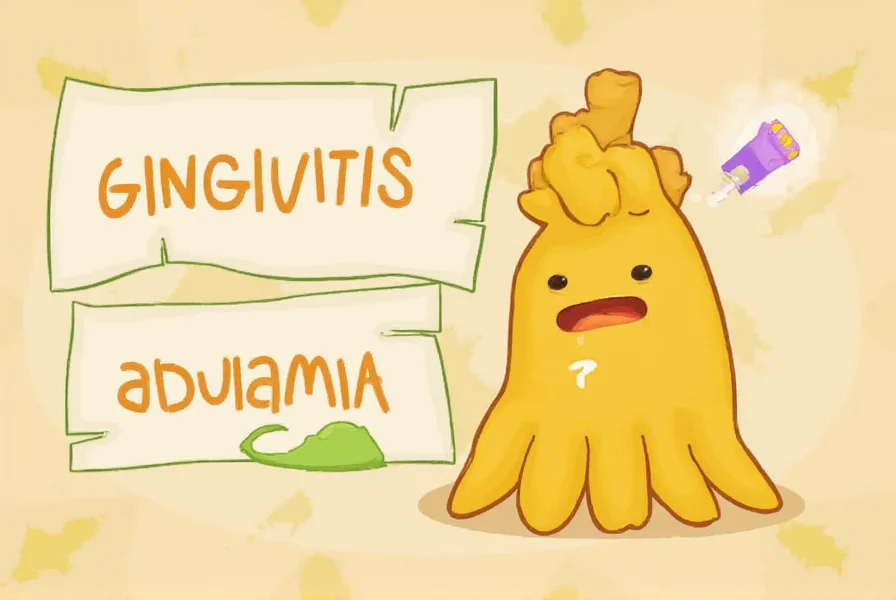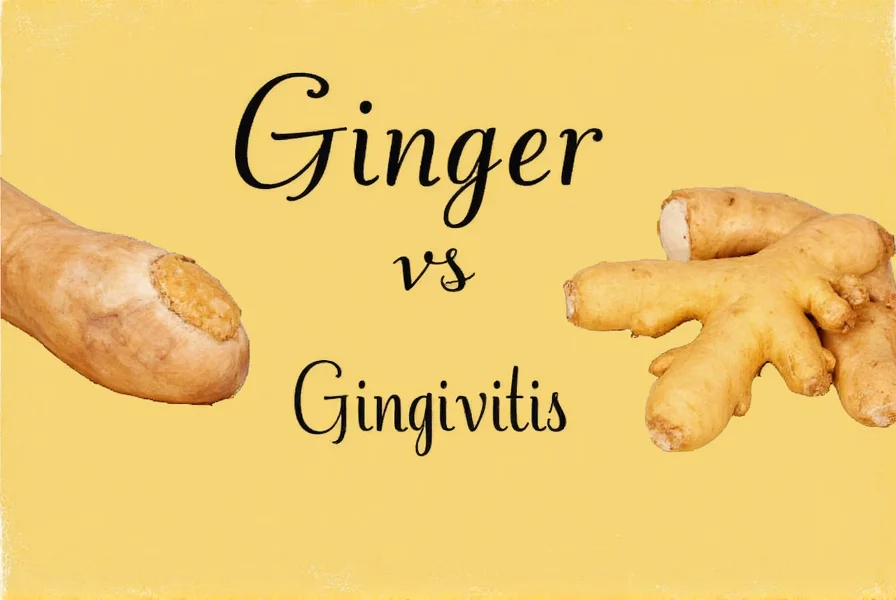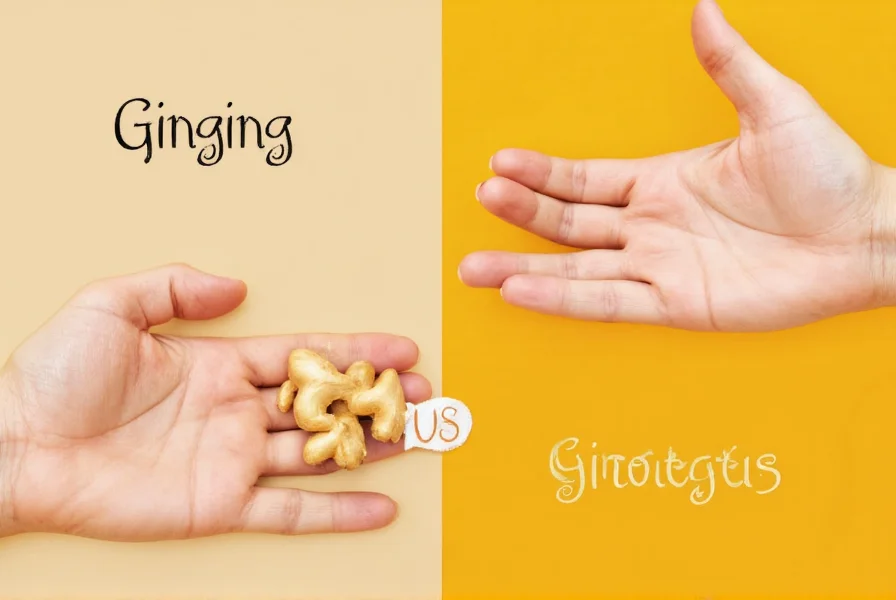When users search for \"ginging,\" they're typically looking for information about ginger—the aromatic rhizome used worldwide in cooking and traditional medicine. Less commonly, this search might represent a misspelling of \"gingivitis,\" a common gum condition. Understanding this distinction helps address the actual information needs behind the query.
Understanding Ginger: The Most Likely Interpretation
Ginger (Zingiber officinale) ranks among the healthiest and most delicious spices on Earth. This ancient remedy has been used for over 5,000 years across Asian and Middle Eastern cultures for both culinary and medicinal purposes. Modern research continues to validate many of its traditional uses while uncovering new potential benefits.
Key Components and Nutritional Profile
Ginger's therapeutic properties primarily come from bioactive compounds like gingerols, shogaols, and zingerone. These potent substances give ginger its characteristic pungency and many of its health-promoting effects.
| Nutrient | Amount per 100g | Key Benefits |
|---|---|---|
| Gingerols | 0.5-3.0% | Anti-inflammatory, antioxidant, nausea relief |
| Vitamin C | 5mg | Immune support, collagen production |
| Magnesium | 43mg | Muscle function, nerve transmission |
| Dietary Fiber | 2g | Digestive health, satiety |
Science-Backed Health Benefits of Ginger
Research demonstrates ginger's effectiveness for several health concerns:
- Nausea relief: Multiple studies show ginger significantly reduces pregnancy-related nausea, chemotherapy-induced nausea, and motion sickness
- Inflammation reduction: Gingerols inhibit inflammatory pathways, potentially helping with osteoarthritis and muscle pain
- Digestive support: Ginger accelerates gastric emptying and may relieve indigestion
- Blood sugar management: Some research indicates ginger may improve insulin sensitivity
- Antioxidant properties: Ginger combats oxidative stress that contributes to chronic disease
Practical Uses in Daily Life
Incorporating ginger into your routine offers multiple approaches:
- Culinary applications: Fresh ginger adds zing to stir-fries, marinades, and baked goods. Try grating 1-2 teaspoons into morning smoothies.
- Beverages: Steep fresh ginger slices in hot water for 10 minutes to create soothing ginger tea. Add lemon and honey for enhanced flavor.
- Supplementation: Standardized extracts typically provide 250-500mg of ginger root powder 2-3 times daily for therapeutic effects.
- Topical use: Some apply diluted ginger oil to sore muscles, though research on this method remains limited.
Safety Considerations and Potential Interactions
Ginger generally proves safe for most people when consumed in food amounts. Higher therapeutic doses may cause mild side effects including heartburn, diarrhea, or mouth irritation in sensitive individuals. People taking blood thinners should consult their healthcare provider before using ginger medicinally, as it may increase bleeding risk.
Gingivitis: The Alternative Interpretation
If you actually meant \"gingivitis\" rather than \"ginging,\" this refers to early-stage gum disease characterized by inflammation of the gums. Recognizing the difference matters significantly for proper health management.
Gingivitis develops when plaque buildup at the gum line triggers inflammation. Symptoms include red, swollen gums that bleed easily during brushing. Left untreated, it can progress to periodontitis—a more serious condition that damages supporting bone structure.
Preventing and reversing gingivitis requires consistent oral hygiene: brushing twice daily, flossing regularly, and professional dental cleanings every six months. Unlike \"ginging,\" which isn't a recognized term, gingivitis represents a legitimate dental health concern requiring appropriate care.
Other Possible Interpretations of \"Ginging\"
In specialized contexts, \"ginging\" refers to a textile manufacturing process where wool undergoes cleaning and preparation before spinning. This industrial usage remains obscure to most general searchers. Some regional dialects might employ \"ginging\" colloquially, but no widespread alternative meanings exist in standard English.
When researching health topics, precise terminology matters. Using correct terms like \"ginger\" or \"gingivitis\" yields more accurate, reliable information from credible sources. This precision proves especially important for health-related queries where misinformation could impact wellbeing.

Practical Guidance for Using Ginger
Select firm, smooth ginger roots without soft spots or mold. Store unpeeled ginger in the refrigerator for up to three weeks, or freeze it for longer preservation. For maximum potency, peel ginger just before use, as the skin contains valuable compounds.
When cooking, remember that dried ginger powder provides different flavor and potency than fresh ginger. As a general rule, 1/4 teaspoon of ground ginger equals approximately 1 tablespoon of fresh grated ginger. Adjust quantities based on your taste preferences and intended health benefits.












 浙公网安备
33010002000092号
浙公网安备
33010002000092号 浙B2-20120091-4
浙B2-20120091-4